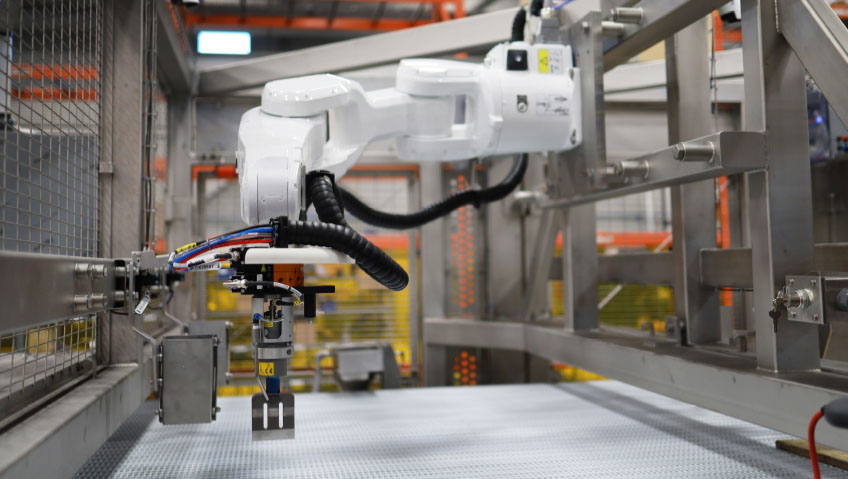Among COVID-19’s many new categories of reality are “essential workers”. They were the ones thrust into the front lines when the economy was all but brought to a halt, responsible for the immediate needs of both economy and community.
While essential workers were risking their lives, there were those deemed non-essential. These were forced to stay home, their businesses shuttered, and their livelihoods put on hold, while the government attempted to navigate the pandemic.
What makes a worker essential?
Considered critical
Basically, essential workers represent many sectors and include those who perform services and manage infrastructure considered critical to the maintenance and preservation of public health, safety, security, and economic wellbeing.
Among those who were deemed essential were health care workers and first responders, energy and utility workers, critical goods providers such as pharmacies and grocery stores, IT and communications tech support, manufacturing, government, transportation, financial services, restaurant workers, and hospitality staff.
To be on the front lines meant vastly different things to workers in different professions. Healthcare workers were tasked with cruel demands on their lives and faced with the stark realities of the loss of life, and in many cases, a working experience of sacrifice and sheer hardship. Reality became something circumscribed by long hours and unrelieved by any idea of when reprieve would be granted.
But something of the same stress was experienced by the grocery store employee who was managing panic buying and supply issues, as well as a fearful and emotional consumer base. Just like healthcare workers, they approached each day with a fear of contracting the virus or bringing it home to vulnerable loved ones.
Although masking and social distancing mandates are in place, enforcement of the rules is patchy, as many have discovered firsthand. When grocery store employees have asked customers to follow masking guidelines they have frequently been met with anger and confrontation. This attitude ultimately puts employees at greater risk of transmission from infected individuals who choose not to comply, and exposes them to hazards not commensurate with their rate of pay.
What is “Essential” worth?
For a period, essential workers were true heroes. While the general public shared their appreciation through public displays of synchronized clapping and flickering lights, the government and employers showed their support in different ways including wage increases, bonuses, priority access to vaccinations and even the implementation of childcare programs.
How do you put a dollar figure on a person’s health, safety, and wellbeing? In some cases, it was a $2 hourly increase, for others it was $4. Whether they were funded by government subsidies or voluntarily by employers, many of these wage increases were temporary and ended before the pandemic did.
Federal funds were leveraged at provincial level in Canada and at state level in the U.S. to support essential workers, and healthcare workers were some of the first to receive wage incentives or bonuses. Funding mechanisms like the Heroes Fund or the American Rescue Plan were instituted, but did little to help the most vulnerable, including part-time minimum wage earners.
In the retail sector, Walmart offered cash bonuses, a temporary pay increase of $2 per hour and an additional bonus as the pandemic persisted. The size of bonuses varied depending on whether or not employees were full- or part-time.
Grocery stores in Canada also instituted a pay raise for employees commensurate with time worked. Empire Foods, responsible for brands like Sobeys, Safeway, and Fresh Co., paid its employees bonuses of $10 to $100 per week depending on the hours they logged.
Longo’s offered its employees a $2-per-hour premium that was instituted during three distinct periods over sixteen months. Loblaw offer a one-time appreciation bonus, a discount program for employees and paid time-off to get the vaccination. Kroger in the United States temporarily raised wages as well.
While some essential workers have received and benefited from wage increases and bonus programs, others are still waiting for their wage increases to be paid retroactively. Some have been overlooked completely, no pay increase promised or delivered, and little to no recognition given for risking their lives to keep the economy functioning.
The essential inequality
During the pandemic, some essential workers undertook the role from a sense of duty. Many others did it more out of the necessity of survival, in particular those in the lower income brackets. And of those, especially, women and people of colour.
It was ironic that, for decades, many of the people who were now considered essential had been all but invisible.
What the pandemic did was further highlight systemic inequalities and inefficiencies in the economy. Blue-collar and white-collar workers faced quite different realities during the pandemic. White-collar workers could more easily transition to work-from-home scenarios, whereas blue-collar workers didn’t have that privilege – the privilege that could help screen them from the worst of the pandemic’s impacts.
The same can be said for union versus non-union employment. Pressing for decent treatment of workers during the pandemic was nothing new for the unions, as these entities have long fought for workers’ rights and improved working conditions. The pandemic further strengthened union efforts to ensure workers have access to safe workplaces and things like personal protective equipment (PPE) and hazard pay.
It is clear that unionized workers have enjoyed the most protections and the greatest job security during the pandemic, especially as we know that some government bodies and employers have used the pandemic as an excuse to suspend or temporarily alter labour laws.
The pandemic gave unions an opportunity to represent their members, but many workers still have to do without the effective support and strategy that experienced unions can provide. Women and people of colour were the likeliest to join unions, but they were also at risk of the greatest job losses during the pandemic, thus necessitating the push to unionize. Proof of the pudding is that nearly half of non-union workers would join a union if they could.
Labour re-evaluated
With the new division of labour between essential and non-essential workers, society underwent a reevaluation, reprioritizing which industries and professions were essential and the value of these positions from an individual and collective standpoint.
Some places, like Ontario, have yet to fully reopen their economies; however, some of the bonus schemes linked to the “essential” category that were officially instituted have already come to an end. How is it that while the threat of COVID-19 is still real, and certain employees are still deemed essential, they are no longer compensated as such?
Despite the increase in wages and bonus programs, grocery stores posted record profits, meaning the increase in wages was, in fact, sustainable. But although businesses that were deemed essential are experiencing their highest-ever profits, they are also experiencing challenges.
Certainly, there are risks associated with outbreaks and sick days, but one of the major challenges being faced by employers is a shortage of workers. Restaurants and retail operations, specifically, are having a difficult time finding employees.
Partially due to fear and stress, many employees have decided that their health and financial wellbeing are not worth the risk of contracting an illness. Others have utilized the government assistance programs available to those whose income has been impacted by the pandemic.
This has become a very divisive topic, as there are some who blame the government stimulus as the reason for workers choosing not to return to their jobs. However, given the free market principles upon which the economy operates, is it not up to employers to increase wages to make employment more attractive, thus attracting supply during a time of scarcity and great demand?
As Jim Stanford noted in the Toronto Star in his article Restaurants and stores say government aid is to blame for a labour shortage — but the hard data tells a different story, “Wages in stores and restaurants remain very low, and are not rising, which should happen if labour was genuinely scarce.”
There is a clear need to re-evaluate, or revaluate, what it means to be essential – to ponder again what that is worth.
If government stimulus is equal to, or relative to, a low-wage earner’s income, perhaps it is time to reconsider minimum wage in favour of a living wage or universal basic income programs, especially if the workers in question are, or have been, considered essential.






